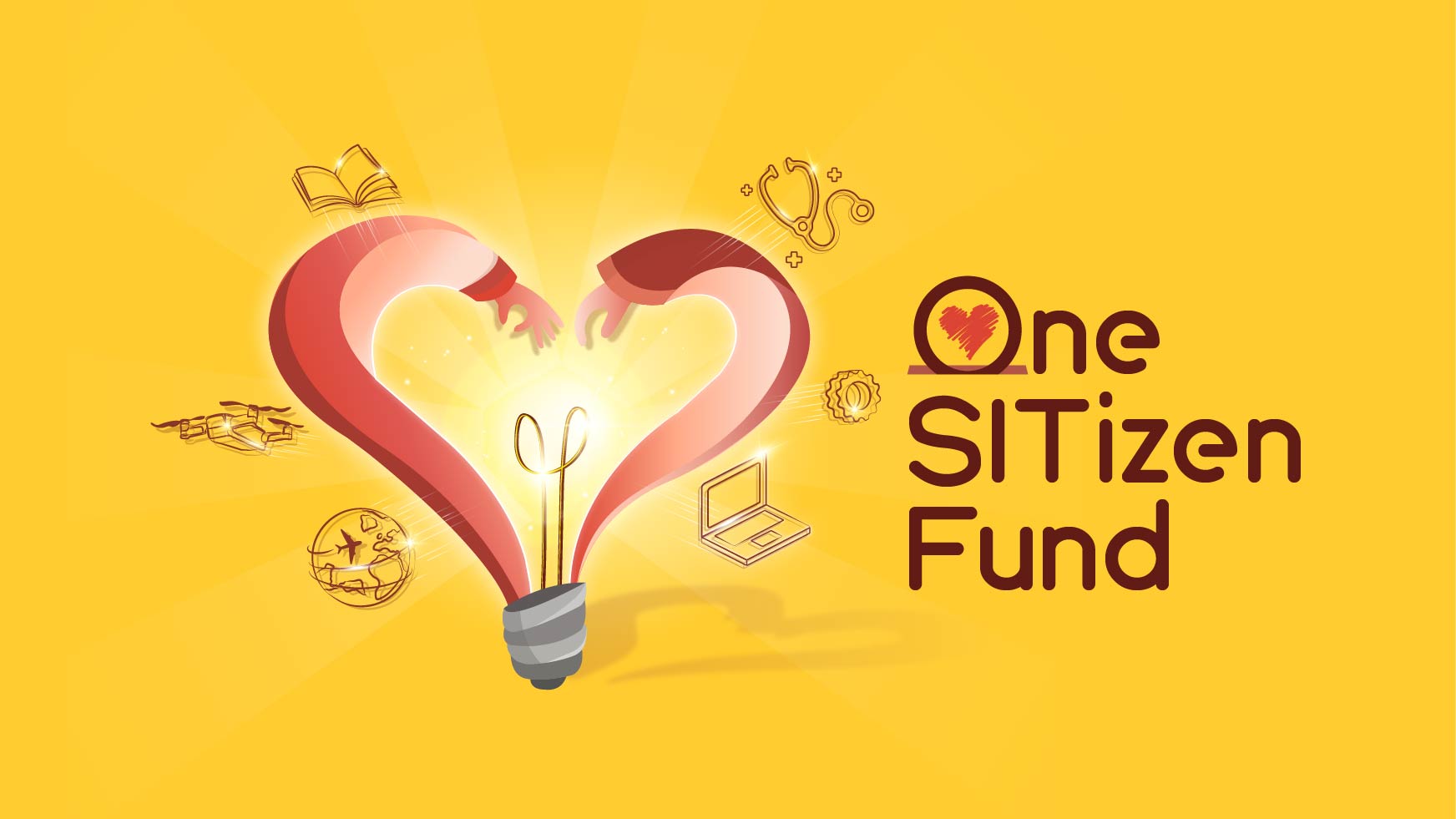The aims of this Module are:
A1 - To build on the knowledge and skills derived from MAR2101; Marine Dynamics so they can be applied in the advanced field of ship and offshore hydrodynamics.
A2 - Physical phenomena, associated fluid mechanics and the relevant theory focused on separate flows.
A3 - A ship with speed in waves; absolute vs. encountering frequency; uncoupled rolling and pitching motions
A4 - Physical phenomena and analytical approaches to wave diffraction by large volume bottom fixed offshore structures.
A5 - Methods for estimating the fluid loading and response of slender structural elements used in offshore.
A6 - To provide knowledge of experimental methods and techniques adopted by offshore engineers and naval architects in the area of fluid loading and response.
A7 - To develop skills required to predict the functional performance and downtime for offshore vessels and installations.
Outline of Syllabus:
The module applies the fundamental marine dynamic principles to ships and various different types of platform concept in order to assess the environmental loafing and response. Topics include: prediction of environmental loads on fixed and floating offshore platforms; shallow and deep water wave theories; dynamic responses analysis and experimental techniques, dynamic modelling of offshore floating structures in waves; fluid loading on slender offshore structures; Froude Krylov forces; simplified diffraction forces; introduction to the Morison equation – fluid phenomenon and force coefficients, variations on the basic formula, fluid loading calculations; statistical description of random seas; two-dimensional and three-dimensional wave spectra; statistical description of response to environmental loading; downtime analysis; experimental facilities and their use including: wave basins, U-tube oscillating water tunnels, wind/wave/current facilities, towing tank and cavitation tunnels.
The module also provides an insight and understanding concerning the separated fluid flows related to the fluid loading of slender bodies, such as structural elements of fixed platforms and pipelines. Modelling aspects of ships and offshore structures in incompressible viscid/inviscid flow. Topics also include: fluid flow phenomena; relevant potential flow models; uni-directional flows - flow separation, vortex shedding; vortex induced vibration (VIV); Real oscillatory flows - the concept of added mass wave diffraction by large volume structures- McCamy and Fuchs solution.

